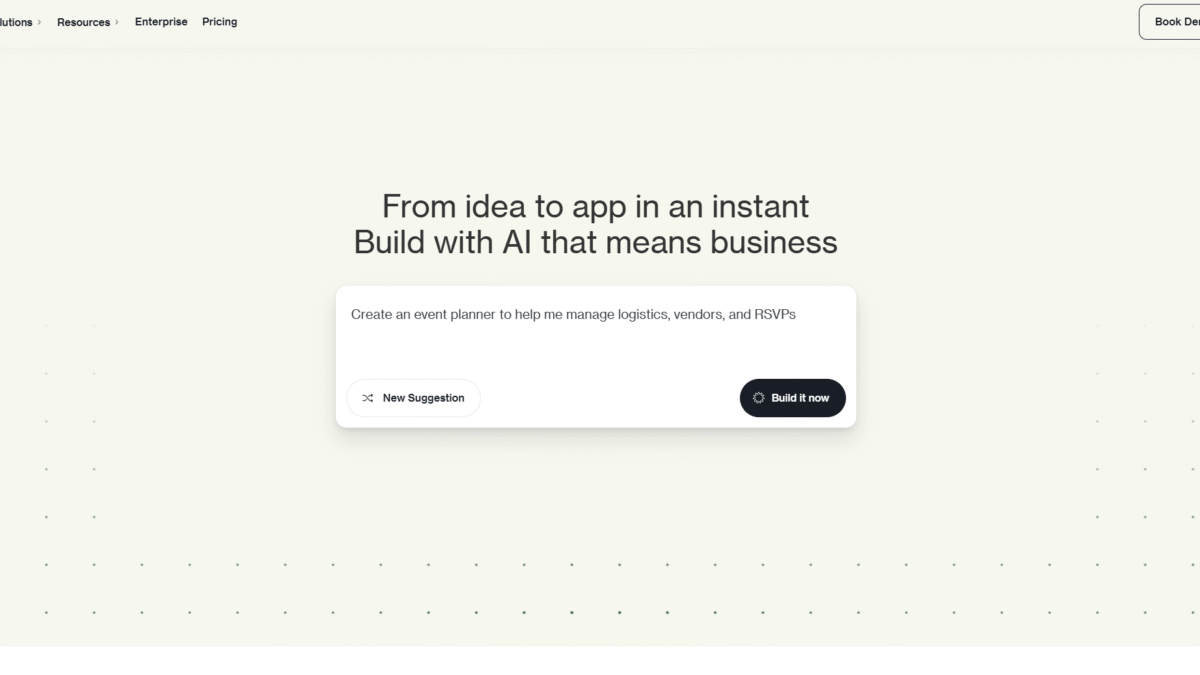
Master Gantt Charts: Streamline Your Project Timeline
Struggling to keep your project timelines on track with outdated spreadsheets and static charts? You’re not alone. Modern teams demand agility, real-time updates, and seamless collaboration—and that’s where a powerful gantt solution makes all the difference.
Enter Airtable’s Gantt view: a dynamic, drag-and-drop interface that brings your schedules to life. With built-in automations, AI capabilities, and secure data handling, Airtable transforms static timelines into living blueprints for success. Ready to master your next project timeline? Get Started with Airtable for Free Today.
Why Traditional Gantt Charts Fall Short
Classic Gantt charts in spreadsheets can’t keep pace with shifting priorities. They’re:
- Static: Manual updates for every date change.
- Isolated: No real-time collaboration or notifications.
- Limited: Hard to integrate with task details, files, or automations.
When your project evolves, your tools need to evolve too. That’s where Airtable’s flexible platform shines.
How Airtable Reinvents Gantt Charts
Intuitive Drag-and-Drop Scheduling
Adjust start and end dates with a simple drag on the timeline. Move tasks across weeks or months in seconds—no manual cell editing required.
Real-Time Team Collaboration
Every change syncs instantly for your entire team. Leave comments on tasks, assign owners, and update statuses without waiting for spreadsheet refreshes.
Powerful Automations & AI
Free up your team from repetitive updates by:
- Triggering notifications when deadlines approach.
- Auto-assigning tasks based on workload or role.
- Using AI to predict schedule bottlenecks and suggest adjustments.
Building Your First Gantt Chart in Airtable
- Create a Base: Start with a project template or build from scratch.
- Define Tasks: Add fields for task name, start date, end date, and assignee.
- Switch to Gantt View: Click “Add view” and choose “Gantt.” Map your date fields.
- Customize & Group: Color-code by team or priority and group tasks by phase.
- Enable Automations: Set up reminders and status updates to keep everyone informed.
- Share & Collaborate: Invite stakeholders to view or edit with robust permission controls.
Tips for Streamlining Your Timeline
- Break Down Milestones: Smaller deliverables make tracking progress easier.
- Set Dependencies: Link tasks so one can’t start until another finishes.
- Use Filters & Groups: Focus on specific teams, phases, or risk levels.
- Embed Documents: Attach specs, designs, and meeting notes directly to tasks.
- Review Regularly: Schedule weekly check-ins with automated status reports.
Why Choose Airtable for Gantt Charts?
- All-in-One Platform: Combines database power, custom views, and automations.
- Scalable: From five-person teams to enterprise portfolios.
- Secure & Governed: Granular permissions, SSO, and audit logs keep data safe.
- AI-Enabled: Embed intelligent actions to reduce manual overhead.
Common Pitfalls & How to Avoid Them
Over-customizing fields can create complexity. Stick to essential task details and phase groupings. Likewise, avoid too many automations at once—start small and expand as you see ROI.
Hear from Real Teams
Marketing agencies love Airtable for juggling campaign timelines, while product teams rely on its Gantt view to synchronize development sprints. Feedback highlights massive time savings from automated reminders and drag-and-drop ease.
Getting Started Is Easy
No credit card required—sign up in minutes and explore prebuilt Gantt templates. Whether you’re launching a new product, planning an event, or managing a client rollout, Airtable adapts to your workflow.
Ready to take control of your project timeline? Get Started with Airtable for Free Today and transform how you plan, track, and deliver.
